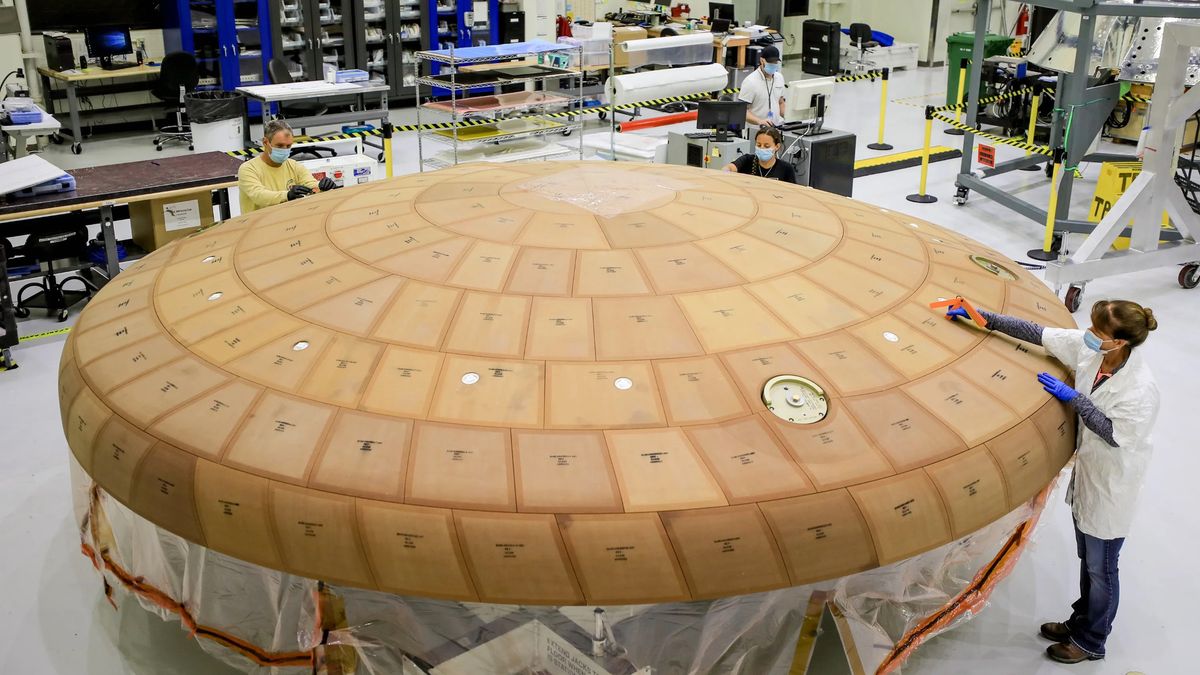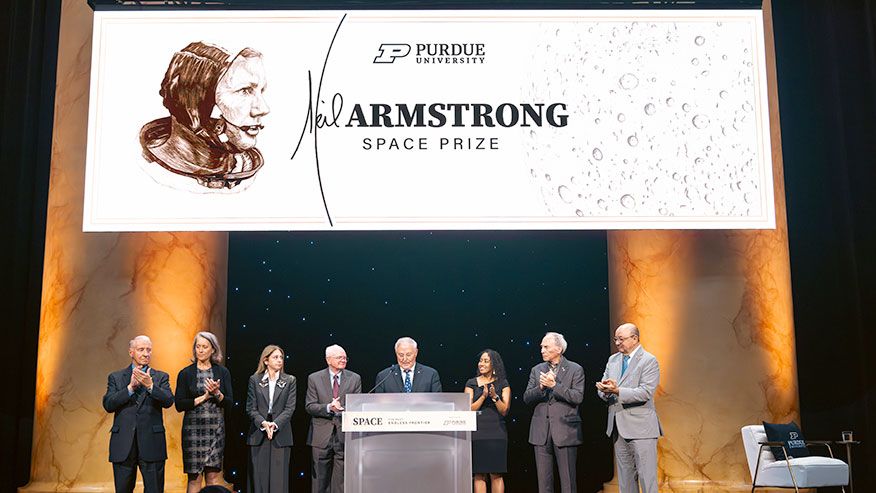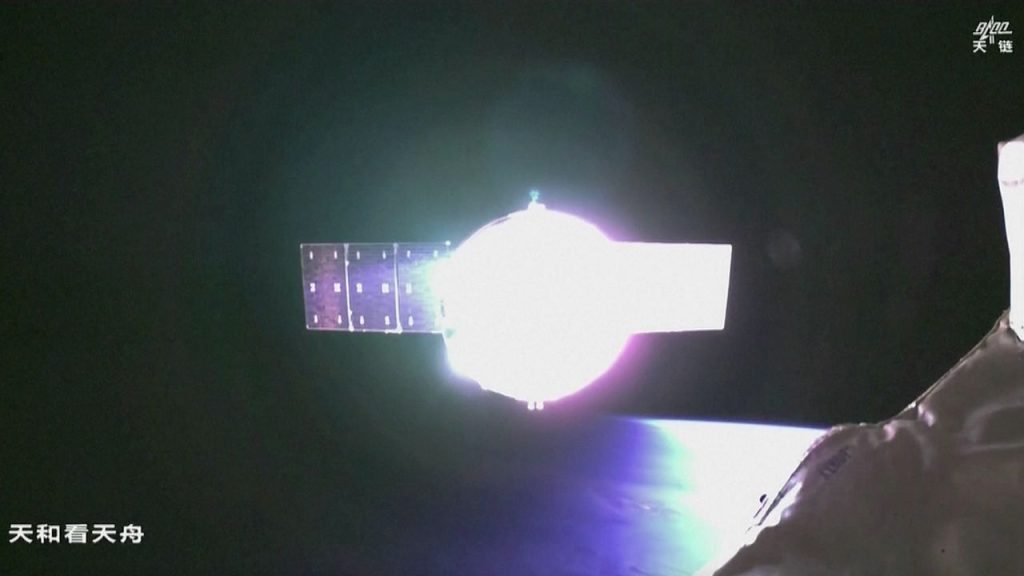Now Reading: Reusable Spacecraft Stay Cool During Reentry with Innovative ‘Sweating’ Tech
-
01
Reusable Spacecraft Stay Cool During Reentry with Innovative ‘Sweating’ Tech
Reusable Spacecraft Stay Cool During Reentry with Innovative ‘Sweating’ Tech

Quick Summary
- Researchers at Texas A&M University, in collaboration with Canopy Aerospace, are developing a fully reusable spacecraft heat shield system using “transpiration cooling.”
- The innovative design involves a 3D-printed material that “sweats” coolant gas to protect the spacecraft during atmospheric reentry.
- Transpiration cooling creates a gas barrier around the vehicle’s surface,insulating it from intense heat generated by friction adn compression of atmospheric gases during high-speed reentry.
- The 3D-printed silicon carbide material is both strong and porous, allowing for coolant release while resisting extreme pressures.
- Prototypes are undergoing tests at Texas A&M’s National Aerothermochemistry and Hypersonics Laboratory to determine material efficiency at hypersonic speeds.
- This technology could replace traditional ceramic tiles or single-use heat shields, making space vehicles more rapidly reusable.
- Progress is funded through a $1.7 million Air Force grant.
Indian Opinion Analysis
The innovation demonstrated by Texas A&M University has implications not only for global space exploration but also perhaps for India as it progresses toward advancing its own spacecraft technologies and furthering projects like Chandrayaan and Gaganyaan missions. India’s ambitions in creating cost-effective reusable launch systems align with these global efforts to reduce costs while improving efficiency through new materials science innovations.
As India develops its aerospace manufacturing ecosystem under programs such as ‘Make in India,’ introducing advanced reusable materials like 3D silicon carbide could present opportunities for international collaborations or homegrown advancements leveraging similar concepts. Though, practical adoption will depend on rigorous testing outcomes globally to ensure reliability under real mission conditions – especially given the need for scalability when applied internationally.
India’s growing focus on enduring space operations may benefit indirectly from observing how this transpiration cooling idea evolves through testing phases abroad,offering insights into potential alternatives beyond traditional ablative or ceramic-based thermal protection systems.




























